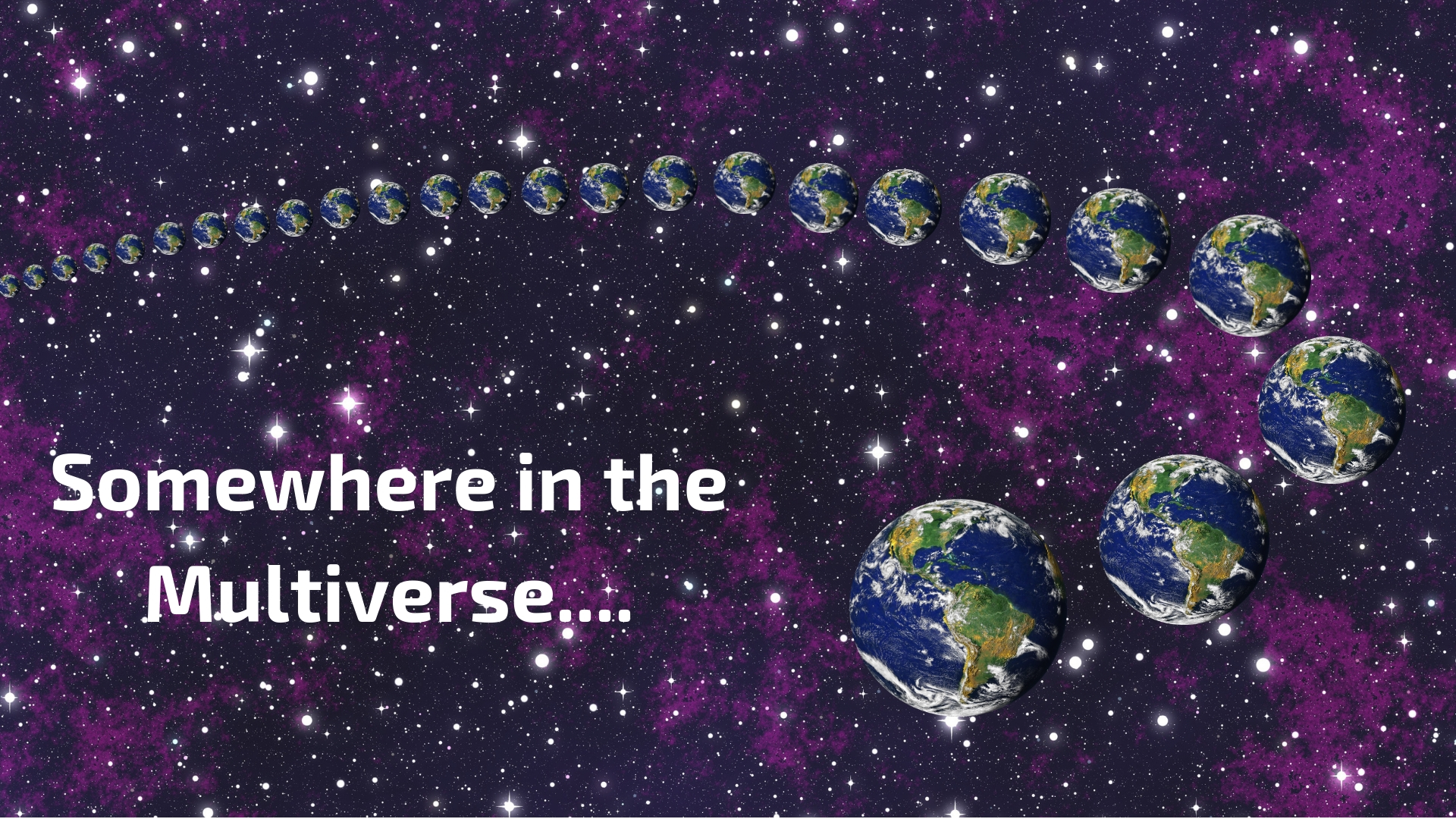

This would have ironed out any spatial variations as if they were wrinkles on the surface of an inflating balloon. Eternal InflationĪs a junior researcher trying to explain the smoothness and flatness of the universe, Guth proposed in 1980 that a split second of exponential growth may have occurred at the start of the Big Bang. For the hypothesis to mature into a full-fledged theory of physics, the two-headed-cow question demands an answer. What happens to the ratio?”įor years, the inability to calculate ratios of infinite quantities has prevented the multiverse hypothesis from making testable predictions about the properties of this universe. But in an infinitely branching multiverse, “there are an infinite number of one-headed cows and an infinite number of two-headed cows. Guth, a professor of physics at the Massachusetts Institute of Technology, resorts to freaks of nature to pose this “measure problem.” “In a single universe, cows born with two heads are rarer than cows born with one head,” he said. In an eternally inflating multiverse, where any bubble that can form does so infinitely many times, how do you measure “typical”? If the properties of this universe still seem atypical even in the habitable subset, then the multiverse explanation fails.īut infinity sabotages statistical analysis. The exact dose of vacuum energy, the precise mass of our underweight Higgs boson, and other anomalies must have high odds within the subset of habitable universes. Proponents of the multiverse idea must show that, among the rare universes that support life, ours is statistically typical.
MARIO MULTIVERSE HOW TO
The problem remains how to test the hypothesis. But as attempts to paint our universe as an inevitable, self-contained structure falter, the multiverse camp is growing. Many physicists loathe the multiverse hypothesis, deeming it a cop-out of infinite proportions. In this scenario, our good luck is inevitable: A peculiar, life-friendly bubble is all we could expect to observe. This infinite “multiverse” would contain universes with constants tuned to any and all possible values, including some outliers, like ours, that have just the right properties to support life. To account for our incredible luck, leading cosmologists like Alan Guth and Stephen Hawking envision our universe as one of countless bubbles in an eternally frothing sea. Dialing up either of these constants even a little would render the universe unlivable. And the minuscule mass of the Higgs boson, whose relative smallness allows big structures such as galaxies and humans to form, falls roughly 100 quadrillion times short of expectations. The meager dose of energy infusing empty space, which at higher levels would rip the cosmos apart, is a trillion trillion trillion trillion trillion trillion trillion trillion trillion trillion times tinier than theory predicts. If modern physics is to be believed, we shouldn’t be here.


 0 kommentar(er)
0 kommentar(er)
